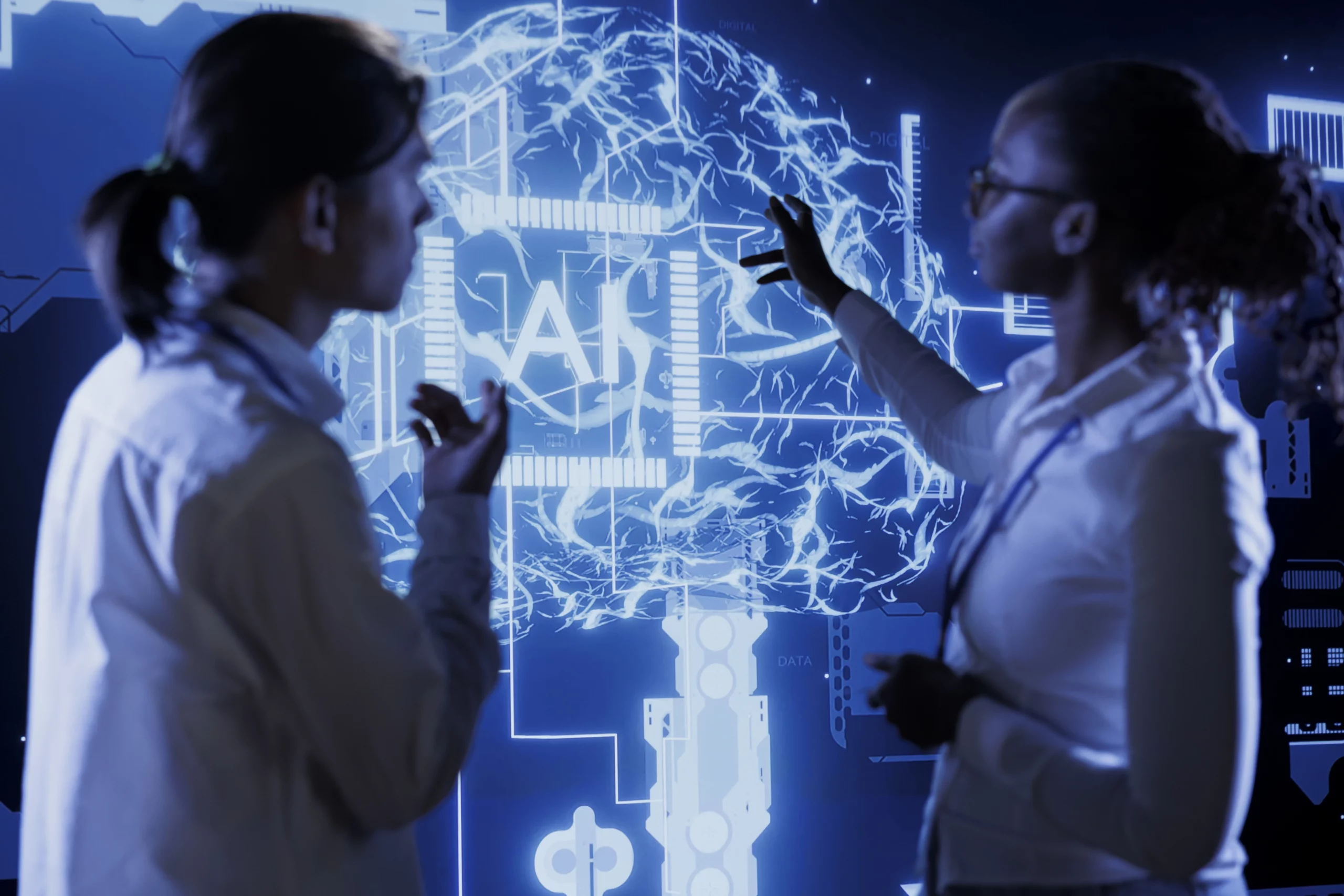In a significant leap forward for brain-machine interfaces, a team of researchers from Kobe University used an artificial intelligence (AI) neural decoding program to successfully predict mouse movements with near-perfect accuracy.
This advancement, detailed in their recent study published in PLoS Computational Biology, harnessed the power of an artificial intelligence (AI) image recognition algorithm, showcasing a remarkable 95% accuracy rate in predicting mouse movements based solely on brain functional imaging data.
This achievement could mark a pivotal moment in the development of advanced brain-machine interfaces, offering new horizons for medical and technological applications.
Neural decoding is a branch of neuroscience focused on theoretically reconstructing sensory experiences to understand how brain activity correlates with perceptions, systems, and behaviors.
The ability to decode the brain’s neural underpinnings has vast potential applications, from developing advanced brain-computer interfaces (BCI) to enhancing neuroprosthetics that could restore lost functions for individuals with disabilities.
Yet, despite the promise, decoding whole-body movements from brain dynamics has been challenging due to technical and noise-related issues.
Attempts at neural decoding have traditionally focused on analyzing the electrical activity of brain cells through implanted electrodes. However, in this recent study led by medical student Ajioka Takehiro under the guidance of neuroscientist Takumi Toru, researchers explored the untapped potential of functional imaging technologies, such as calcium imaging.
Unlike its counterparts, calcium imaging provides a faster and more spatially detailed view of brain activity, offering a promising alternative for neural decoding efforts.
Researchers leveraged a sophisticated “end-to-end” deep learning method to analyze somatosensory regions of the brain involved in movement prediction. By avoiding the preprocessing steps that could potentially obscure valuable information, the deep learning model could observe various neural coding behaviors in near real time.
By combining spatial and temporal pattern recognition algorithms, researchers could train their AI model to distinguish between resting and running states in mice with remarkable accuracy.
Deep learning, a subset of AI, has been a powerful tool in decoding neural signals for various applications, including neuroengineering and clinical studies. However, the challenge has always been to make these models interpretable and to understand how they discriminate features of neural signals.
To address this challenge, researchers identified crucial areas in the brain that contribute to behavioral classification, thus contributing significantly to the field of interpretable machine learning and neuroscience.
The approach underscores deep learning’s potential in interpreting complex neural signals and suggests a method for significantly improving BCI technologies.
Moreover, the study’s findings on the somatosensory cortex highlight the importance of sensory input and motor planning in voluntary movements, offering insights into the neural basis of movement and perception.
“This ability of our model to identify critical cortical regions for behavioral classification is particularly exciting, as it opens the lid of the ‘black box’ aspect of deep learning techniques,” Takehiro said.
The research opens up new possibilities for developing advanced brain-computer interface technologies that could offer individuals with motor impairments greater independence and quality of life. Enhancing our understanding of how the brain encodes movement and developing more accurate and interpretable models could also pave the way for the next generation of neuro-technological innovations.
In a statement by Kobe University, Takehiro underscored the implications of this recent study on neuroscience and neuro-engineering.
“Our experience with VR-based real-time imaging and motion tracking systems for mice and deep learning techniques allowed us to explore ‘end-to-end’ deep learning methods and thus assess cortex-wide information for neural decoding,” Takehiro said. “This research establishes the foundation for further developing brain-machine interfaces capable of near real-time behavior decoding using non-invasive brain imaging.”
Tim McMillan is a retired law enforcement executive, investigative reporter and co-founder of The Debrief. His writing typically focuses on defense, national security, the Intelligence Community and topics related to psychology. You can follow Tim on Twitter: @LtTimMcMillan. Tim can be reached by email: tim@thedebrief.org or through encrypted email: LtTimMcMillan@protonmail.com

